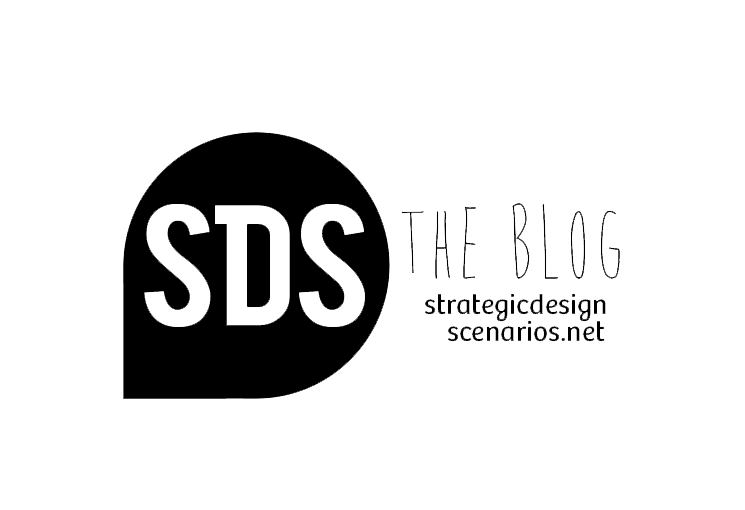EESC DESIGN ELEVEN for Active ageing and Intergenerational solidarity –
Updating elderly…
 EESC Design Eleven is a competition launched in November 2010 by the European Economic and Social Committee (EESC) to prepare the European Year of Active Ageing and Intergenerational Solidarity.
EESC Design Eleven is a competition launched in November 2010 by the European Economic and Social Committee (EESC) to prepare the European Year of Active Ageing and Intergenerational Solidarity.
The Design Award, initiated by the European Economic and Social Committee, intends to support smart and sustainable European products, by the same time putting focus on the work of organised civil society. The peculiarity of this competition is that it includes the production of the winning object and its distribution throughout an international network of institutional stakeholders.
It’s not an easy task for the participating designers to meet the criteria of EESC Design Award: the apparently straight forward idea of asking for an innovative ageless, intergenerational solution and use it as a high level gift for the institution tends to induce a trade-off difficult to solve. On the one hand, pertinent innovation emerged from user centred observations generates functional answers to daily living questions that, assessed as a gift emblematic for EESC policy, tends to be too specific and not explicit enough to be understood at first sight by who will be given the present. On the other hand, a self-explanatory gift that communicates immediately values of inclusiveness, sustainability and creativity tends to appear as a more light, symbolic gadget that is not a serious and pertinent solution from user daily living point of view…
Beyond this challenge that could be easily solved, the briefing of the EESC Design Award appears to me a very important instrument to face nowadays societal challenges. Subsidizing the production of a first series of advanced products selected because they challenge lacks in the current consumer market should be seen as a form of public procurement. And in that sense, it is a very important and valuable action from the EESC to orient innovation supporting the launch of emblematic products and to influence consumer markets towards more inclusiveness and sustainability. The Design Award should certainly be redesigned in that direction and it should be promoted as such to get a larger audience among the design schools throughout Europe.
Last but not least, what strike browsing the entries shortlisted for the EESC Design Award is the latent image of aging that emerge. Beyond the intrinsic quality and pertinence of the answers, it seems that the designers taking part are challenging through their projects a somewhat old fashioned understanding of seniors, as sort of romantic grand mother knitting and darning and looking for her glasses… This raises an important question and debate for EESC and the vision of active ageing it promotes. What does it mean today ageing in our society between the senior marketing focusing the relative economic power of last baby-boomers, the so-called generation of migrant that are more and more active on the Internet and the increasing mono-parental families that result in ageing alone? More that a debate, it is a societal challenge: the future of ageing has to be invented. Beyond the traditional image of ‘library of knowledge’ and ‘sedimentation of wisdom’, new social roles of seniors have to be explored? This is a great challenge where creative design-driven participative approaches can contribute a lot and it is maybe a suggestion for next year Design Award?
